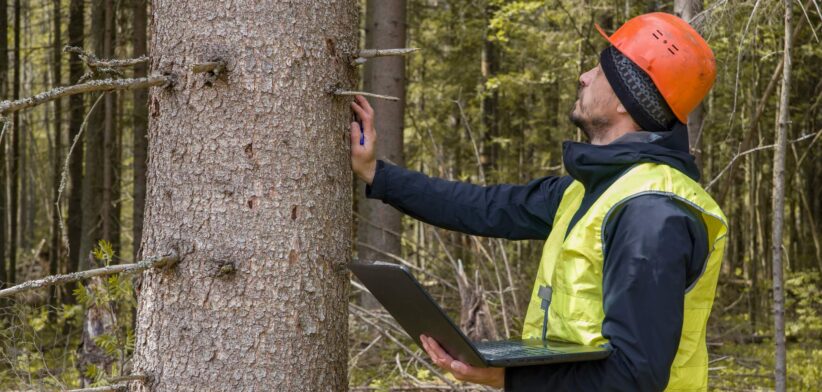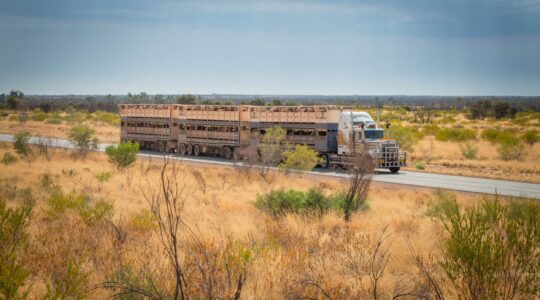Australian forests grew by almost 3 million hectares in just over a decade and now store more than 19 billion tonnes of carbon.
A new Australian Bureau of Agricultural and Resource Economics and Sciences (ABARES) report detailed the figures as it highlighted the impact of sustainable wood harvesting of the country’s native forests.
ABARES Executive Director Jared Greenville said sustainable wood harvesting ensured the long-term productive capacity of forests was not compromised and long-term environmental values were upheld.
Dr Greenville said Australia’s diverse native forests played an important role in helping to combat climate change, providing a home to many flora and fauna species and supplying high quality wood products.
“Sustainably managed native forests and sustainable harvesting ensures that trees are regrown after harvesting, unlike deforestation,” he said.
“Between 2008 and 2021, Australia’s forest area increased by 2.8 million hectares, with most of this increase due to native forest regrowing and reduced first-time clearing.”
Dr Greenville sad around 0.05 percent of Australia’s native forest area was sustainably harvested annually from publicly owned multiple-use forests.
“This small proportion supports the creation of sustainably produced wood products that are used by Australians for residential construction, flooring, power poles, packaging and more.”
“These wood products also help to combat climate change by offering a substitute for carbon-intensive products, such as concrete and steel.”
He said the report stated that the total amount of carbon stored in Australia’s native forests in 2021 was 19,205 million tonnes, an increase of 27 million tonnes since 2016.
“Forests regrowing after harvesting absorb carbon, and carbon can potentially be stored in harvested wood products for many decades,” Dr Greenville said.
Read the report: Australia’s native forests and wood production.








